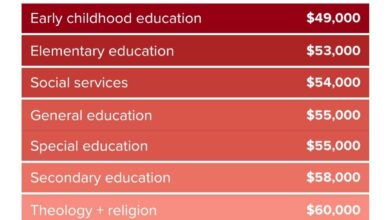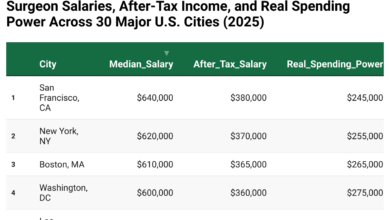Is $5 Million Enough for Early Retirement at 40?

Retiring at 40 with $5 million is possible, but long-term success depends on lifestyle, withdrawal rate, inflation, and smart investment strategy.
For some, retiring at 40 with $5 million can provide a comfortable lifestyle. However, your long-term success depends on your risk tolerance, planning, and personal goals. To create a sustainable strategy that weathers market downturns, inflation, and unexpected challenges, it’s crucial to stress-test your portfolio’s returns and withdrawal rate against worst-case scenarios.
If you’re considering retiring at 40 with $5 million, you can start by estimating typical investment returns and inflation to see if your plan is realistic. Let’s say you expect an average annual return of 7%—a reasonable assumption for a well-diversified portfolio of stocks, bonds, and cash. At that rate, a $5 million portfolio could generate about $350,000 in the first year. Using a more cautious 4% withdrawal rate, you’d take out $200,000 in year one.
To keep pace with rising costs, you’d increase your withdrawal amount over time. Assuming a 2% inflation rate—a historically reasonable average—that means your second-year withdrawal would be $204,000, with similar increases each year.
Since you’re withdrawing significantly less than your portfolio’s projected earnings, your savings would likely remain intact or even grow under these conditions. However, it’s important to remember these are just projections—real-life results could vary due to market shifts or higher-than-expected inflation.
Monte Carlo Simulation
To better account for uncertainty, retirement planners often use Monte Carlo simulations—mathematical models that apply random variations to key factors like investment returns and inflation. These simulations help estimate how often different financial outcomes might occur.
For example, let’s say you start with a $5 million portfolio, split 50% in U.S. stocks, 40% in bonds, and 10% in cash. Based on historical data, a simulation might show that in the lowest-performing 10% of scenarios, the portfolio earns an average annual return of 6.10%. In the top 10% of outcomes, the return jumps to 9.31%.
In 75% of the simulated outcomes, a 40-year-old retiree withdrawing 4.07% annually would still have about $4.7 million left after 60 years—before adjusting for inflation. This assumes a 6.91% return and a 2.79% inflation rate.
Still, these projections aren’t guarantees. If your portfolio averages just 6.1% annually and you withdraw 4% per year, you could run out of money before age 100. To minimize that risk, you’d need to lower your withdrawal rate to 3.03%, or about $151,500 in the first year, according to the worst-case scenarios in the simulation.




